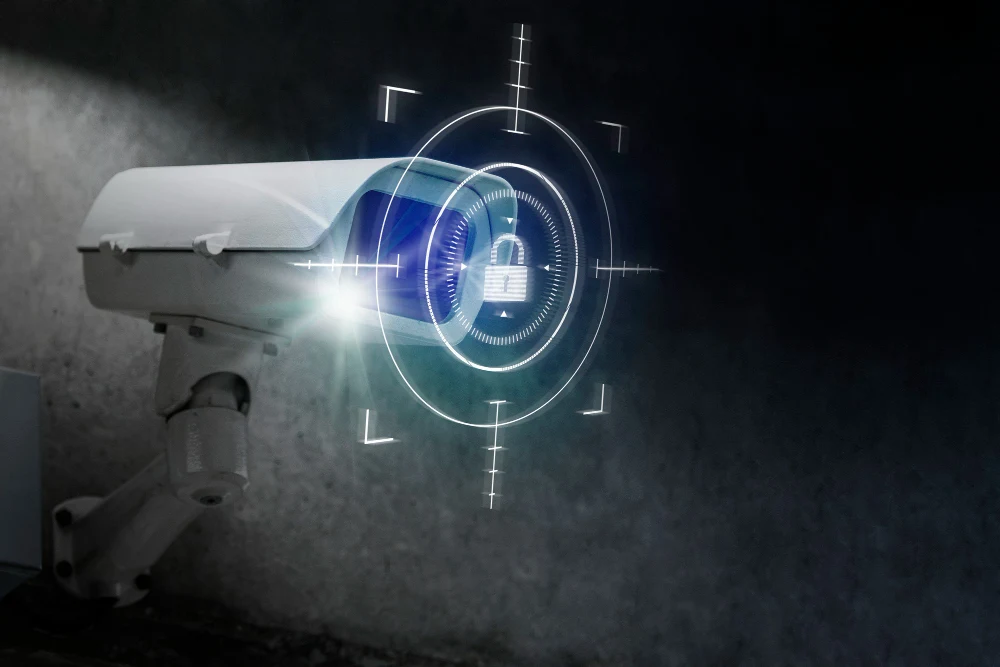In a world where security threats are becoming increasingly sophisticated and unpredictable, relying solely on traditional, reactive surveillance models is no longer sufficient. Modern security strategies must be proactive, intelligent, and adaptable—designed to detect and deter threats before they escalate. At the forefront of this shift is remote surveillance, which leverages cutting-edge technologies to deliver real-time monitoring, intelligent threat detection, and rapid incident response from a centralized or decentralized location.
The Evolution of Surveillance: From Passive Monitoring to Active Deterrence
Historically, security systems functioned as passive observers—recording footage for forensic use after an incident occurred. However, this reactive model often results in delayed responses, lost assets, and compromised safety. The paradigm has now shifted toward active threat engagement, with remote surveillance systems capable of identifying unusual behavior, alerting operators in real-time, and triggering automated deterrents like alarms, voice-down warnings, or light activation.
Today’s high-performance surveillance setups are powered by AI analytics, machine learning algorithms, and smart sensors. These technologies don’t just record; they interpret. They distinguish between a stray animal and a human intruder, detect loitering, recognize license plates, and even track facial features. These intelligent capabilities allow security personnel to assess potential threats instantly, reducing response times and improving situational awareness.
Key Benefits of Proactive Remote Surveillance
A proactive approach to remote surveillance delivers a wide array of operational, financial, and strategic benefits to organizations of all sizes. These benefits include:
- 24/7 Real-Time Monitoring: Unlike on-site guards who work in shifts, remote surveillance systems are always active, providing uninterrupted vigilance and real-time alerts.
- Reduced Operational Costs: Deploying cameras and centralized monitoring can significantly lower labor costs while enhancing the efficiency and scope of security operations.
- Rapid Incident Response: When an incident is detected, remote teams can initiate deterrent protocols instantly or dispatch emergency responders without delay.
- Data-Driven Decision Making: AI-powered systems collect valuable analytics, such as foot traffic patterns or unauthorized access attempts, enabling more informed risk assessments and policy adjustments.
- Scalability: Remote surveillance solutions can easily be expanded across multiple sites, making them ideal for multi-location enterprises or large campuses.
Technology at the Core of Modern Surveillance
At the heart of effective remote surveillance lies a suite of interconnected technologies that enable real-time monitoring, analysis, and intervention. These include:
- High-definition IP cameras with night vision and motion detection.
- AI-based video analytics that learn from patterns and flag anomalies.
- Cloud-based storage for secure, centralized video access.
- Two-way audio systems to communicate with intruders or on-site staff.
- Mobile surveillance apps that give security managers remote control and visibility from anywhere.
When layered together, these systems create a multi-dimensional security net that can monitor, detect, analyze, and act autonomously or in coordination with human operators.
Real-World Applications of Remote Surveillance
Remote surveillance is being implemented across a wide range of industries and use cases, including:
- Retail: Monitoring entrances, cashier areas, and parking lots to deter theft and enhance customer safety.
- Construction: Preventing unauthorized access, material theft, and safety violations on job sites.
- Logistics and Warehousing: Ensuring perimeter integrity, safeguarding high-value goods, and streamlining employee movement tracking.
- Healthcare Facilities: Protecting vulnerable populations while maintaining regulatory compliance and patient privacy.
- Education Campuses: Enhancing student and faculty safety through real-time oversight of dormitories, parking, and common areas.
In each of these environments, remote surveillance offers not just enhanced security, but also operational insights that can help drive efficiency and compliance.
Integration with Broader Security Ecosystems
Proactive remote surveillance doesn’t function in isolation—it thrives as part of a larger, integrated security strategy. This approach combines multiple security components, such as access control, intrusion detection, fire alarms, and visitor management, into a seamless platform. The integration ensures faster data exchange, stronger response protocols, and centralized command.
Partnering with a seasoned remote surveillance services company ensures seamless integration with your existing security architecture and tailored deployment aligned with organizational goals. These experts can assess vulnerabilities, design customized monitoring protocols, and provide ongoing support to ensure continuous performance optimization.
For large-scale operations or enterprises requiring complex security infrastructure, working with providers offering integrated security services allows for a unified approach that addresses every layer of risk—from physical threats to cyber vulnerabilities. The result is a smarter, more efficient, and responsive security posture.
Moving Forward: The Future of Proactive Security
As threats evolve, so too must the systems we use to combat them. The future of security lies in predictive analysis, where AI not only identifies current threats but anticipates them before they occur. Machine learning models trained on vast datasets will recognize precursors to suspicious behavior, allowing organizations to intervene even earlier. Integrations with Internet of Things (IoT) devices and 5G networks will enable faster communication, more data points, and a greater understanding of dynamic environments.
The shift from reactive to proactive remote surveillance is no longer optional—it is a necessity. Organizations that embrace this evolution gain a strategic advantage in safeguarding their assets, people, and operations. The time to transition is now, and the tools to do so are more powerful and accessible than ever.


